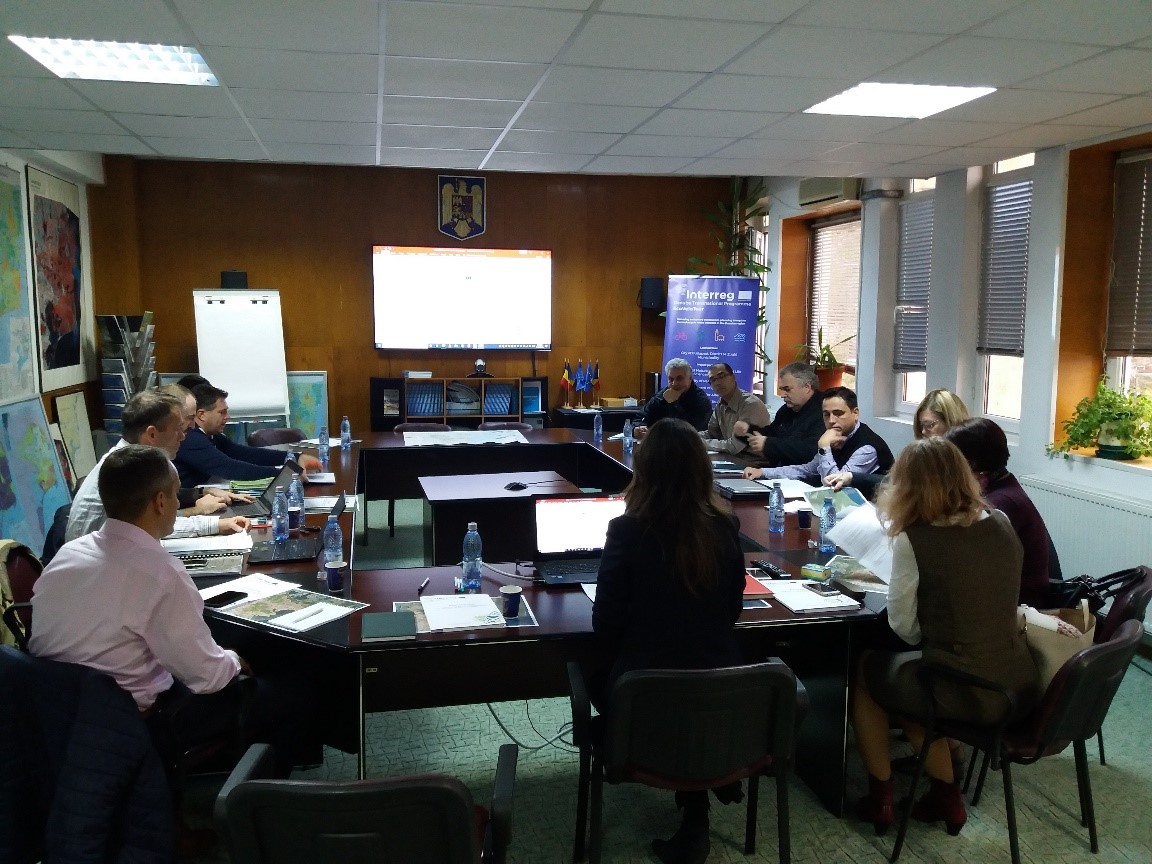EcoVeloTour - DDNI has completed the CYCLING TOURISM DEVELOPMENT STRATEGY IN TULCEA COUNTY
29-03-2021
The strategy of cycling tourism development in Tulcea county has been developed in a key moment, where the future Next Generation Fund and the Multiannual Fund from EU are planned and adapted within Romania. Even more, at this moment there are inter-ministerial discussions in adopting a clear legislation for cycling routes in Romania. Therefore, such a strategy is developed in a proper moment to be an additional tool in promoting and developing cycling in Romania.

The strategy has been designed through a four-step process: envisioning and strategic analysis, strategy formulation, strategy planning, and strategy implementation. The methodology of elaborating this strategic concept included the following stages:
a. research of the existing documentation (online and offline) which included on the one hand the documents made within the current project, but also other existing local and regional studies and strategies, as well as statistical data on tourism at the destination level;
b. workshop in Tulcea with regional actors;
c. development of analyses based on existing information;
d. field activities for route identification and proposal - the field visit was a key element of the research phase, as it provided the team with an overall picture of Tulcea county and understanding of how Tulcea County performs as a cycling tourism destination. Although the lockdown period has been overlapping with most of the field research, valuable information has been gathered from the field by a local partner (Tulcea Branch Explorer Association);
e. consultations with the administration of the Măcinului Mountains National Park for the validation of the proposed routes;
f. development of the final document.
The strategy itself is based on a concept of zoning that can offer different experiences and infrastructure for different types of users. The whole process of strategy development includes direct consultation with one of the most knowledgeable local partners and its involvement into the field research.
Large parts from the “Guidelines for sustainable bicycle tourism” and the “Guidelines for ESS-based ecotourism strategy” have been quoted into the “Strategy of cycling tourism development in Tulcea county”, because they have valuable information both in terms of technical details and arguments for supporting the development of cycling infrastructure. Especially, the Guidelines for Sustainable Bicycle Tourism provides extensive information that were used in the strategy.

The strategy of cycling tourism development in Tulcea county has extensively analysed the destination profile of the region from the tourism indicator point of view and the proposed solutions have considered the current context based on this analysis. The potential of the Northern Dobruja region for cycling tourism development is indicated by the presence of significant natural resources and Natura 2000 sites. The landscapes are a prerequisite for the development of many bicycle routes and their practical economic effect. This rich palette of tourism opportunities remains relatively unknown to local and foreign tourists, largely due to the lack of a recognizable local brand and distinctive thematic tourism products.
The strategy of cycling tourism development in Tulcea county has been produced at the right moment to influence the local, regional and national policies. At the local and regional level there is a special need for good concepts to be included in the proposed funding documents towards the EU and at the national level there are initiatives to develop a dedicated legislation for cycling infrastructures. Therefore, the current document is planned to be sent for supporting these policies development processes. The strategy proposes a possible financial mechanism that can contribute to the development of nature conservation actions in the future and to increase visitors' awareness of the importance of nature in the North Dobruja area. The strategy identifies clear roles and responsibilities of various stakeholders for the implementation of the strategy based on each of the five different zones and the county level.
The development process of the strategy has been hampered by restrictions due to lockdown, however it was developed in partnership with the local stakeholders that succeeded executing the needed field research and actually ended up to be more involved in the strategy development. One of the challenge moments was to find the right channel and moment in order to make the best out of the current document to be included into the policy and funding the regional and national opportunities. The strategy of cycling tourism development in Tulcea county provides a framework that will inform and support an integrated approach for developing, managing and promoting cycling tourism in the Northern Dobruja region to national and international visitors.
